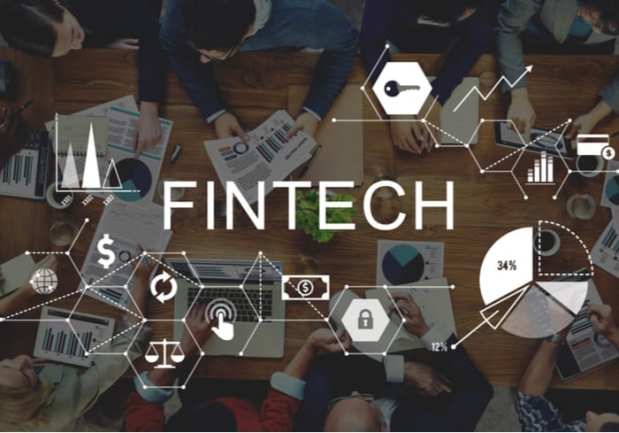How FinTechs Take On Electronic Payments With Integrated Receivables

Integrated receivables have received a significant amount of interest and press in the banking space: DadeSystems President and CEO Bill Zayas, for instance, told PYMNTS in an interview that research firms have been creating papers on it — and said it has become a “hot topic” in the treasury space. And, Zayas said, as payments move from paper to electronic, “it was causing a significant amount of difficulty” for billers receiving payments. Billers were then turning to their banks to see if they could solve these problems for them — and that’s where a lot of the publicity lay.
A significant amount of interest in this space is starting to come from not only business-to-business (B2B) firms but also consumer-to-business (C2B) companies as well — a business like a utility, insurance company or a telco that receives payments from consumers. In the C2B space, Zayas noted, there is movement where paper payments are declining — people are writing fewer checks and are using electronic channels to make their payments. As payments become more electronic, however, more exceptions are taking place. And, when a consumer goes to their bank bill pay system to make a payment, for instance, those payments are not validated, Zayas says.
In the integrated receivables world, however, all payments are matched up against open receivables. When a payment arrives, it is validated against a file that was received from the billing system or a policy system. The fact that a customer has paid and his account number correct is the validation taking place through an automated match. And, as electronic payments increase, exceptions also rise, causing significant problems not only in the B2B vertical but the C2B space as well. At the same time, more and more payments occur via multiple channels.
Those channels can include bank bill pay, biller direct, paper payments, automated clearing house (ACH) payments or in-person payments when consumers stop in at an office to make a payment. And, regardless of that channel, integrated receivables can give a business the ability to get a holistic view of all their payments. The technology doesn’t only validate payments: It can also display a single archive to view them. The user can get a real sense of trends such as the dollar amounts of payments and which payments have errors or exceptions.
But pretty much all consumer businesses have an element of B2B payments. A utility, for instance, might serve business customers (that can have complex payments). A business might send a check for their utility bill, but it might be paying the charge for, say, 100 different locations or offices. That scenario creates a difficult reconciliation problem. The task, however, can be low-hanging fruit for integrated receivables with the help of FinTech firms tackling electronic payments.
